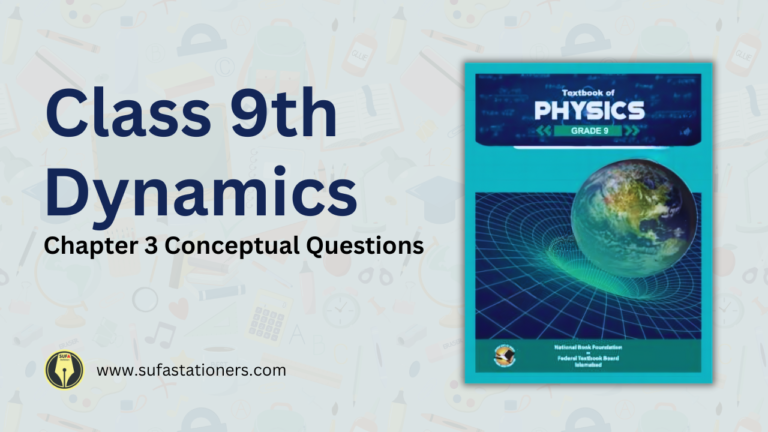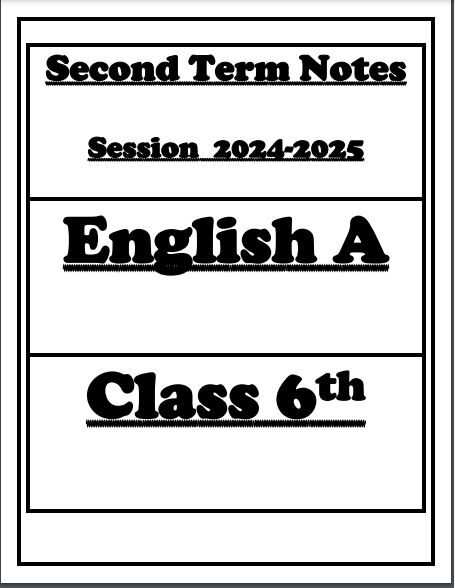Class 8 History Notes | Unit No: 1
Understanding the intricate history of the British era in the Subcontinent can seem daunting, but with the right approach, Class 8 students can easily grasp the key events and figures that shaped this period. Our “Class 8 history notes” are designed to aid students in retaining essential historical facts and providing a deeper understanding of the subject matter.
The Arrival of the British
The British set foot in the Subcontinent with commercial interests but soon took on a more significant role in its governance. The pivotal Battle of Plassey in 1757 marked a turning point, where Mir Jaffar’s betrayal of Nawab Siraj ud Daulah facilitated British victory. This battle underscored the strategic cunning of the British and their ability to manipulate local rivalries to their advantage.
The Shift in Power
The transition of power from the East India Company to the British Crown in 1858 following the War of Independence was a monumental change in Indian governance. The introduction of the role of Viceroy and the Secretary of State for India streamlined British administration, setting a structure that would impact the region for years to come.
Educational Reforms
Under British rule, education took a strategic turn with Lord Macaulay’s Minute on Indian Education in 1835. The British aimed to cultivate a class of Anglophile administrators to bridge the cultural divide and ensure smooth governance. This educational overhaul not only changed the medium of instruction to English but also aligned the curriculum with British interests.
Check Our Notes
Economic and Infrastructure Development
The British era also saw significant advancements in infrastructure, particularly in communication networks. The introduction of railways and telegraphs facilitated not only administrative efficiency but also economic exploitation. While these developments helped integrate the Subcontinental economy with global markets, they primarily served British economic interests.
Social Reforms and Cultural Impact
Social and cultural transformations were profound under British rule. Laws against practices like Sati and the encouragement of widow remarriage marked progressive steps. However, these reforms also reflected the imposition of British cultural norms onto the Subcontinental social fabric.
The Legacy of Resistance
Figures like Tipu Sultan, known as the “Tiger of Mysore,” symbolized resistance against British dominance. His fierce opposition and subsequent martyrdom in 1799 during the Fourth Anglo-Mysore War highlighted the ongoing struggle against foreign rule.
Conclusion
For Class 8 students, understanding these key aspects of British rule in the Subcontinent is crucial for appreciating the complex historical dynamics that have shaped modern South Asia. Our history notes not only provide factual accuracy but also contextual depth to ensure a comprehensive understanding of the period.







